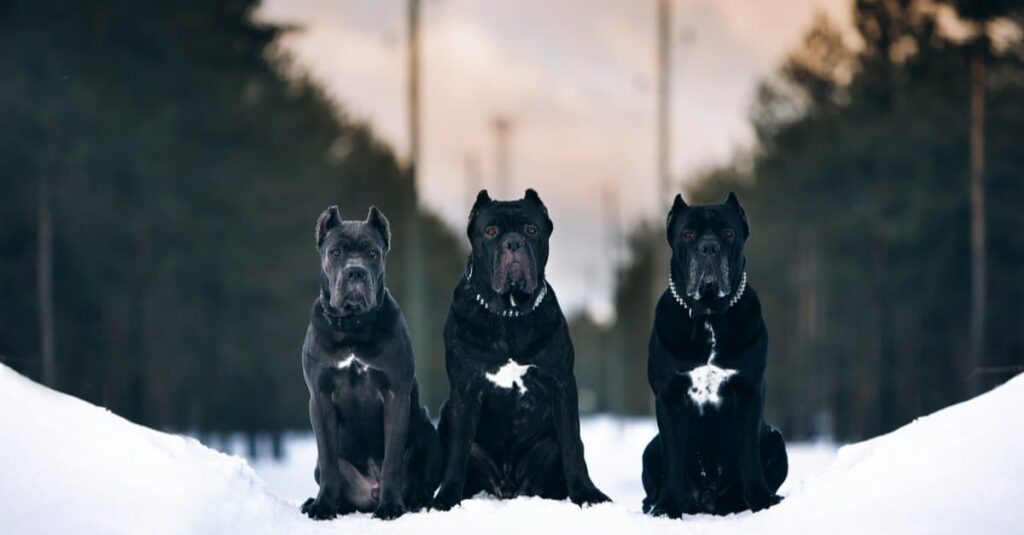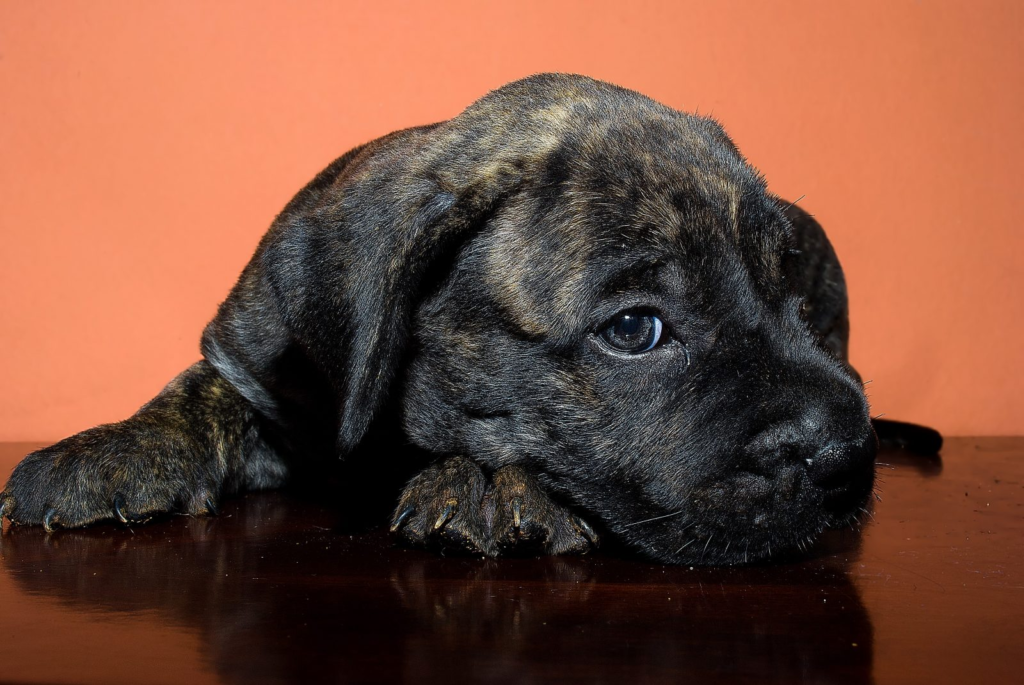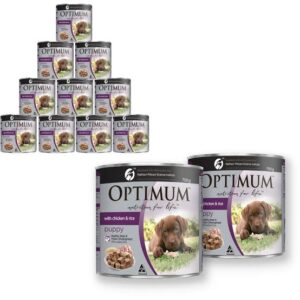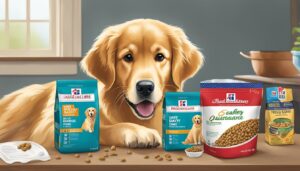Black Presa Canario

Black Presa Canario:- The black coat of the Presa Canario has stirred quite a controversy among the club’s directors. Years before the establishment of this association, I published an article suggesting that the black coat could be the result of crossbreeding with black Great Danes. At that time, I was unaware of the existence of major cattle dogs with black coats.
In the early 1960s, research into the origins of these dogs was minimal. We now have a better understanding. For instance, the Presa Canarios from centuries past differ significantly from those of the 1920s through the 1950s, and today’s Presas bear little resemblance to their predecessors.

Additionally, it’s important not to confuse the indigenous Canarian dogs with those introduced by the conquistadors and Spanish colonizers from the Iberian Peninsula.
Common Health Issues
Like many large breeds, the Perro de Presa Canario is prone to certain health issues. These include hip dysplasia, patellar avulsions, patellar luxation, and osteochondrodysplasia. Additionally, the breed is at risk for dilated cardiomyopathy and other heart conditions, various types of cancers, and mast-cell tumors. They may also experience less severe conditions such as demodectic mange and skin cysts.
Temperament
The Perro de Presa Canario is known for its calm and attentive nature. Confident by disposition, the breed is generally obedient to its familiar owners but can be wary of strangers. They may exhibit dominant behavior, so an experienced owner is crucial for effective management. When other pets are present in the household, supervision is essential to ensure harmonious interactions.
What Size Is a Presa Canario?
The Presa Canario is a large breed. Males typically weigh between 110 and 140 pounds and stand 22 to 26 inches at the withers. Females are generally the same height but weigh between 85 and 115 pounds.
While this range covers a broad spectrum, Presa Canarios bred in the US are often larger. This is due to American breeders focusing more on size, whereas European breeders emphasize the dogs’ instincts and drive, as they are often used as working dogs.

Exercise
The Presa Canario needs daily, long walks to stay healthy and happy. When walking, ensure the dog does not walk ahead of you. It’s important for the Presa to understand that you, as the handler, are the pack leader. This breed thrives on having a job or task to perform.
Coat and Grooming
The Presa Canario is a great choice if you prefer a dog with minimal shedding. Its short coat and lack of undercoat mean less fur around your home and easier grooming. To maintain their coat’s health and shine, weekly brushings are recommended.
Coat Colors and Standards
Color is significant in the Presa Canario breed standard. Acceptable colors include fawn or brindle, with up to 20% white allowed on the chest, feet, and muzzle. There is some debate regarding a full black coat: the AKC-FSS, UKC, and UPPCC accept it, but the FCI does not.
A defining feature for a purebred Presa Canario is a black face mask that does not extend past the eyes.
Cane Corso vs. Presa Canario: Key Differences
While the Cane Corso and Presa Canario share similarities in appearance and original working roles, there are notable differences between them. The Presa Canario is generally longer and heavier than the Cane Corso. Both breeds can be calm and even-tempered, but the Presa Canario tends to be more dominant and protective. This means they may need a more assertive leader during early training to ensure they develop into well-behaved adults.
Quick Facts
– Origin: Canary Islands
– Height: 22-27 inches (males), 20-25 inches (females)
– Weight: 80-130 pounds (males), 60-100 pounds (females)
– Lifespan: 10-12 years
– Coat: Short, dense, and smooth
– Color: Black, fawn, brindle, or brown
– Temperament: Protective, loyal, and dominant
– Exercise Needs: Moderate to high
– Grooming Needs: Low
– Health: Potential issues include hip dysplasia, elbow dysplasia, progressive retinal atrophy, and von Willebrand’s disease.

Choosing the Right Food
Select a dog food that features high-quality ingredients and is nutritionally balanced to meet your dog’s specific needs. Factors such as age, size, weight, activity level, and health status are important in determining the right diet. Always adhere to the manufacturer’s feeding guidelines for portion sizes.
Treats should be given sparingly and factored into the overall daily food intake to prevent obesity. Puppies can be fed 4-6 times a day. Gradually reduce the number of meals to 2 per day as they mature. Allow for a rest period after each meal. Ensure fresh drinking water is available at all times.
Cropping Ears
Historically, cropping the ears of the Presa Canario was done to protect them from injury while herding cattle or defending against wild dogs. Nowadays, ear cropping is often performed for cosmetic reasons, to give the Perro de Presa Canario a more imposing or powerful appearance. However, it is not necessary for the dog’s well-being.
Other Physical Features
A distinctive feature of the Presa Canario is their ‘Cat Foot’—rounded, neat paws with arched toes. This paw shape enhances their agility and movement. Additionally, the Presa Canario has a sloping topline, where the rear is slightly higher than the shoulders, giving them a characteristic curved or sloping back.
Also Read:-




